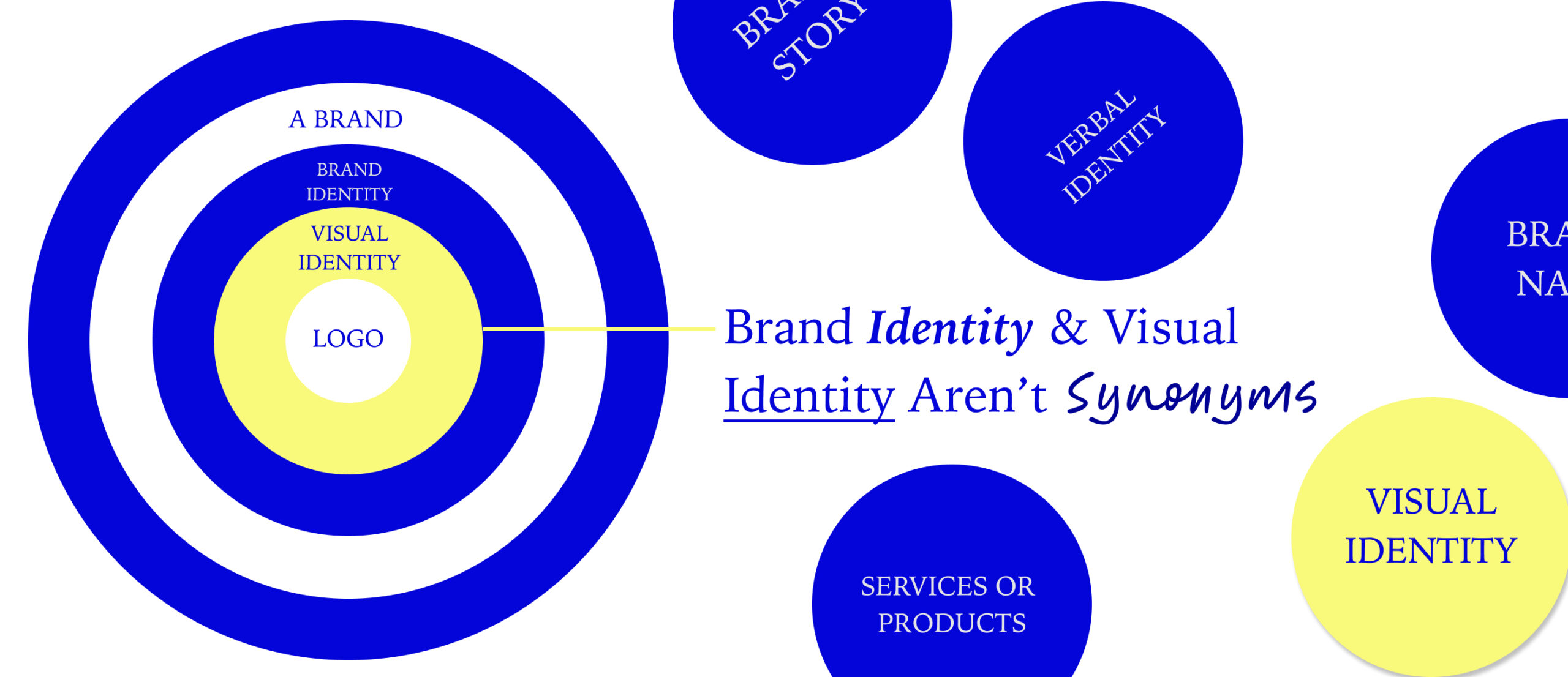In the world of marketing and advertising, one of the key questions that every business wants an answer to is, “Are our efforts paying off?” To determine the effectiveness of your marketing and advertising campaigns, it’s essential to measure your Return on Investment (ROI). This metric helps you understand if you’re getting a good return for the resources you’re investing in your marketing efforts. Here’s a guide on how companies can measure the ROI of their marketing and advertising endeavors.
1. Set Clear Goals
Before you can measure ROI, you need to define your goals. What do you want to achieve with your marketing and advertising campaigns? Whether it’s increased brand awareness, lead generation, or sales, having specific, measurable objectives is the first step toward measuring ROI effectively.
2. Use Key Performance Indicators (KPIs)
Identify the key metrics that align with your goals. These could include website traffic, conversion rates, email click-through rates, social media engagement, or revenue generated. These KPIs will be the basis for assessing your ROI.
3. Track Your Costs
To calculate ROI, you need a clear picture of your marketing and advertising expenses. This includes not only the direct costs of ads but also the salaries of your marketing team, agency fees, software tools, and any other costs associated with your campaigns.
4. Calculate ROI
The basic formula for calculating ROI is:
ROI=(Revenue−Cost)%Cost)×100
Let’s break it down:
- Subtract your total costs from the revenue generated by your campaigns.
- Divide the result by your total costs.
- Multiply by 100 to get the ROI as a percentage.
A positive ROI indicates that you’re making more money than you’re spending on marketing and advertising, while a negative ROI suggests that your efforts are not cost-effective.
5. Utilize Analytics Tools
In the digital age, there are numerous analytics tools available that can simplify the process of tracking your KPIs and ROI. Google Analytics, social media insights, and email marketing software provide detailed data on your campaigns’ performance. Make good use of these tools to measure and evaluate your ROI.
6. Implement Attribution Modeling
In many cases, multiple touchpoints influence a customer’s decision to purchase. Attribution modeling allows you to understand which marketing channels or interactions played the most significant role in converting a prospect into a customer. This helps in allocating resources more effectively.
7. A/B Testing
To improve your ROI, conduct A/B tests to determine which marketing and advertising strategies are more effective. Test different ad copy, visuals, landing pages, or email subject lines to identify the most successful approaches.
8. Monitor Customer Lifetime Value (CLV)
Your ROI calculation can become more accurate when you consider the long-term value of a customer. Measure CLV by analyzing the revenue generated by a customer throughout their relationship with your business. This gives you a more comprehensive view of the returns from your marketing and advertising efforts.
9. Compare ROI Across Channels
Different marketing channels may yield varying ROI. Compare the performance of each channel to allocate your resources effectively. By identifying which channels are the most profitable, you can adjust your strategies accordingly.
10. Regularly Review and Adjust
ROI isn’t a static metric. It’s crucial to continually review and adjust your marketing and advertising strategies based on the data you gather. By making informed decisions and optimizing your campaigns, you can maximize your ROI over time.
In Conclusion
Measuring the ROI of your marketing and advertising efforts is a vital aspect of managing a successful marketing campaign. By setting clear goals, tracking your costs, using KPIs, and consistently reviewing and adjusting your strategies, you can ensure that your marketing and advertising endeavors are not only effective but also profitable. Understanding your ROI allows you to make informed decisions and allocate your resources where they will have the most significant impact on your business.


